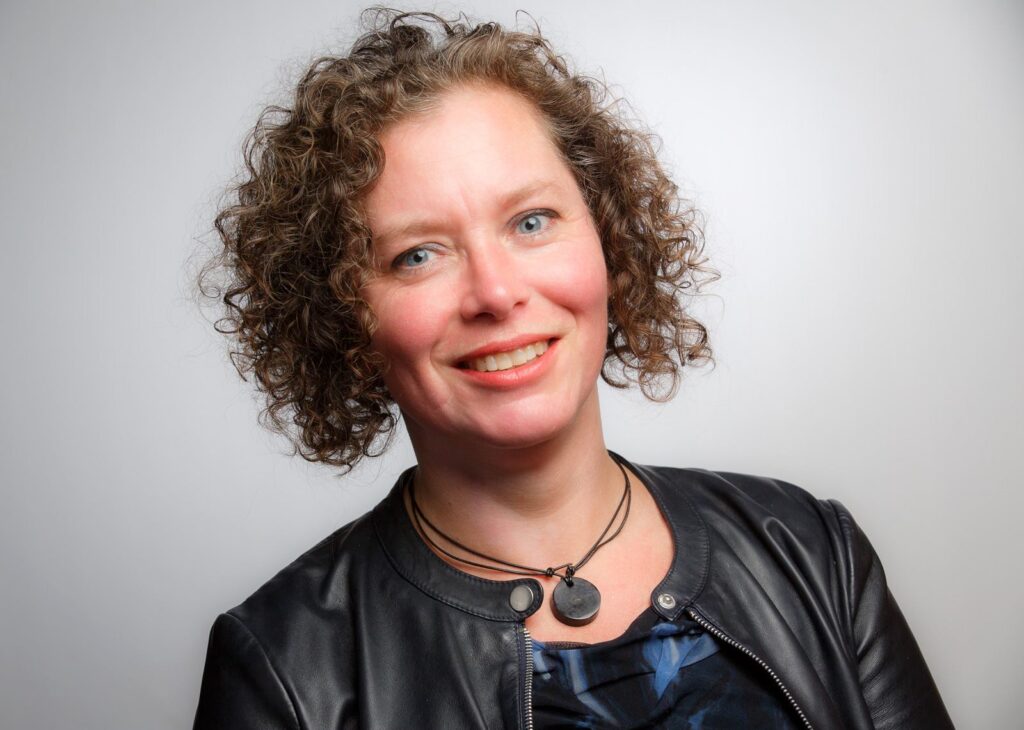For the upcoming International Day of Women and Girls in Science 2024 on February 11th, we asked four female professionals within SRON Netherlands Institute for Space Research about their current space- or science mission, their contribution to the project, their drive and their advice to women and girls with pursuing dreams in science, and its technology & engineering. Today is part 2.

Gabby Aitink-Kroes, Senior opto-mechanical design engineer
SRON Netherlands Institute for Space Research
What mission or project are you working on?
“I am currently working on the Laser Interferometer Space Antenna (LISA) which will be the first space-based gravitational wave detector. It recently passed its Mission Adoption Review, which brings the mission from study phase to implementation phase. We can now start truly building the detector for the astronomical community to be used for groundbreaking new discoveries. LISA consists of three spacecrafts in a tight formation orbiting the Sun, trailing behind Earth. With LISA gravitational waves with larger wavelengths can be detected than with the current detectors on earth which means that waves coming from larger objects can be detected.”
What is your role and your contribution?
“I have 25 years of experience in building and realizing instrumentation for large professional observatories on earth (The Very large Telescope) and in space (James Webb Space Telescope).
For LISA, I am the mechanical lead engineer for the housing of the Quadrant Phase Receiver (QPR). A little unit where mechanical, electrical, optical, and thermal engineering meet in a small but very important package. Each of the three spacecrafts will house 24 of these QPR’s so at least 72 of those units will have to be delivered.”
What do you like about your work?
“In this field of engineering, you work with small but dedicated teams on complex engineering. Because of the small size of the teams, you are very involved in the whole process of building instruments from first idea up to the final use of the instrument. Meaning that the work is very varying from discussions on requirements, to designing and analyses, via truly building the hardware and eventually delivering the hardware after thorough testing. You never build something twice, because each new telescope needs new and innovative instruments requiring ever newer and better ideas.”
What would you like to say to girls and women with ambitions to work in science or engineering?
“Please do not hesitate if you are thinking of choosing an engineering education. You do not have to be exceptional at your study subjects, an inquisitive attitude is much more important. Like any profession you will learn in school and on the job.”
“A website that shows how important the engineering of observatories, telescopes and instruments are to make astronomical discoveries happen is: https://www.astronomie.nl/instrument“


